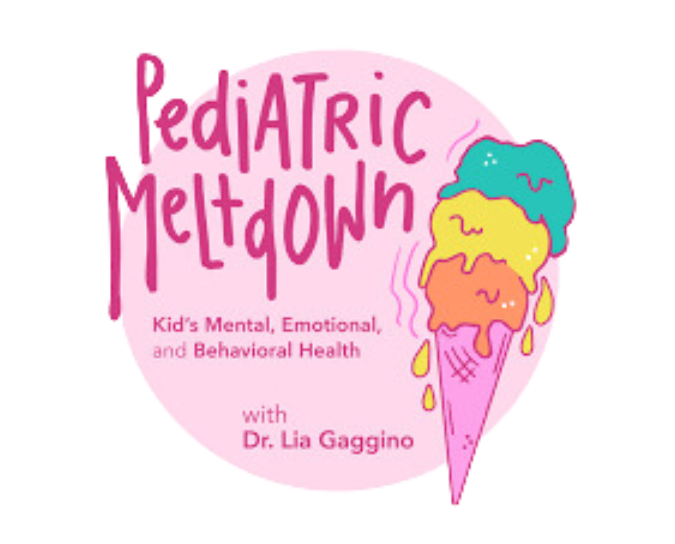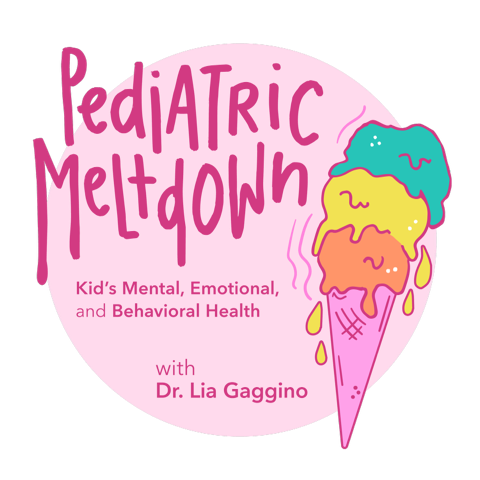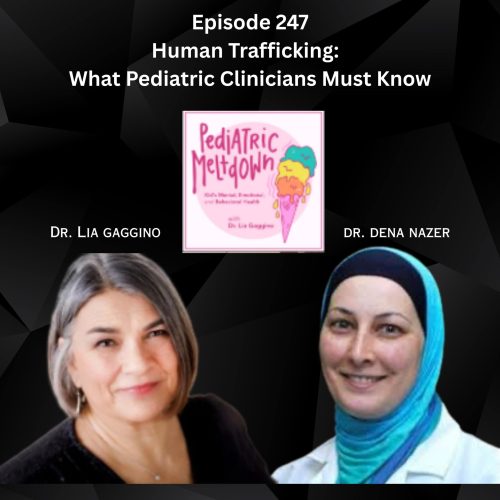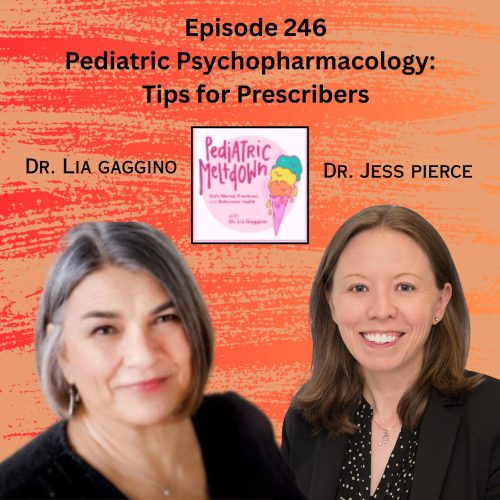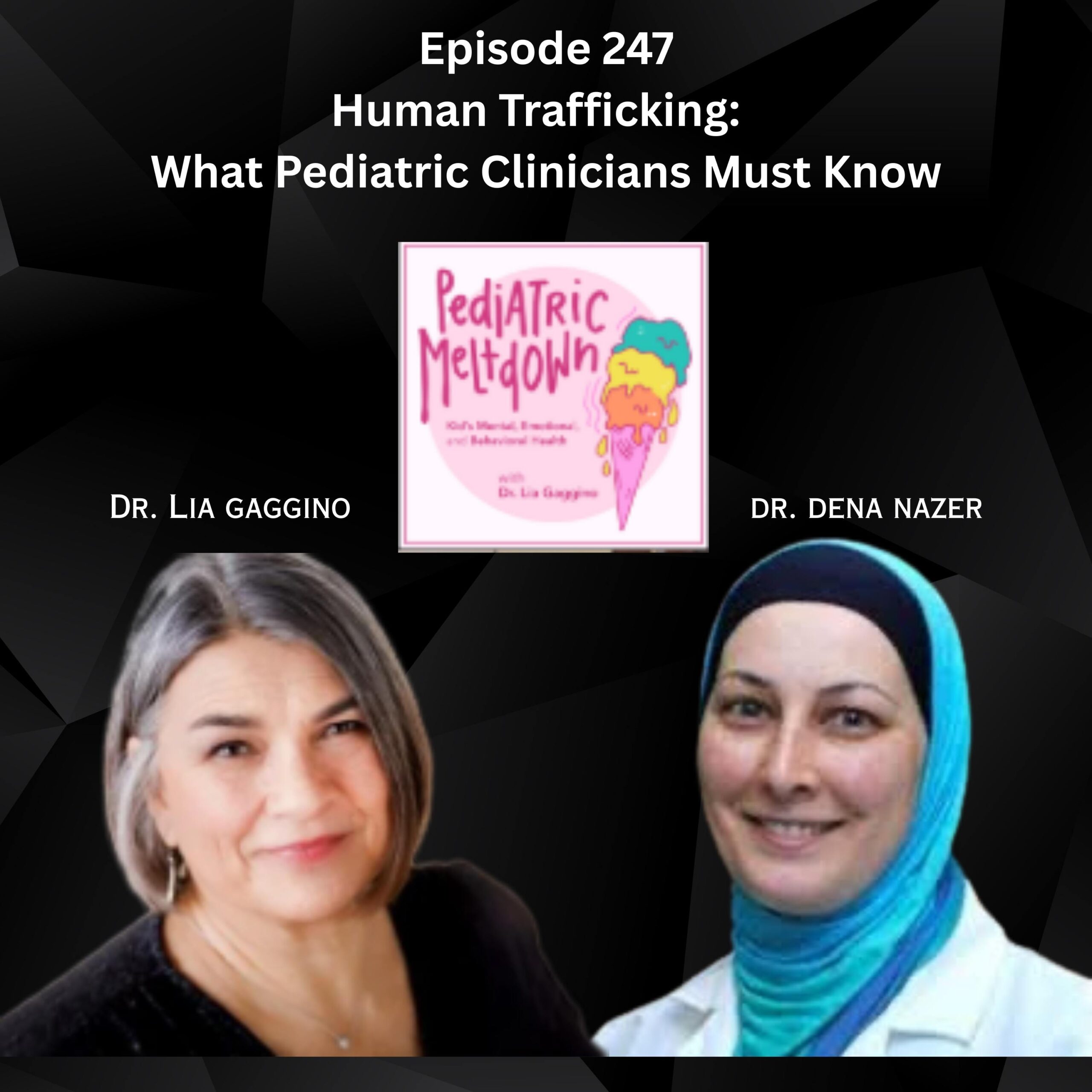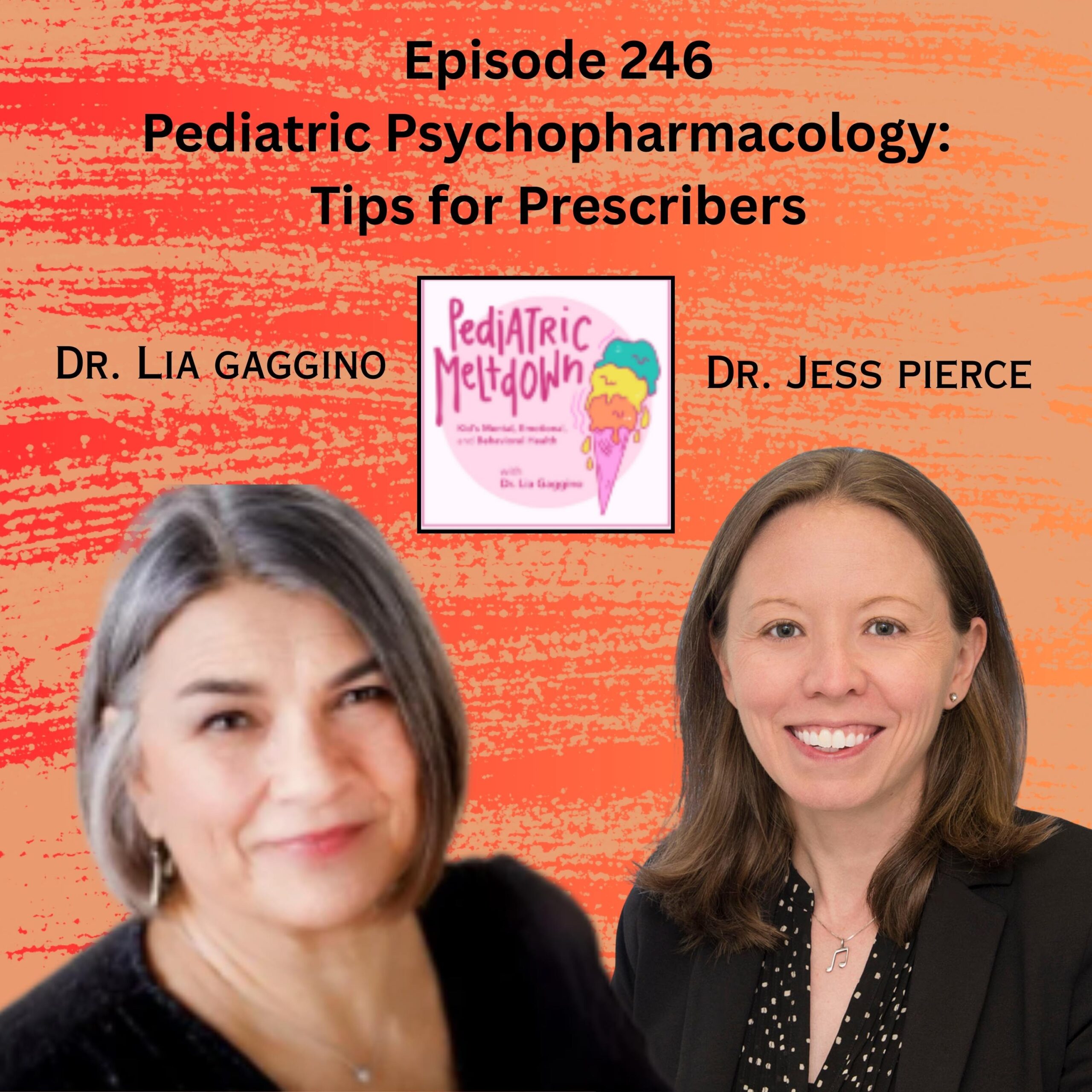In this very personal episode of Pediatric Meltdown, Dr Gaggino talks with her sister, Alyssa, who attempted to take her own life 19 years ago. As with many who attempt suicide, there were many factors that may have contributed. Risk factors include a history of trauma, mental health disorders, relationship difficulties that can all add up until the individual is overwhelmed and feels hopeless. Dr. Gaggino and her sister talk about the dark times, but also talk about Alyssa’s recovery and incredible resilience. But first, some facts and figures
- Suicide is defined as death caused by self-directed injurious behavior with intent to die as a result of the behavior.
- A suicide attempt is a non-fatal, self-directed, potentially injurious behavior with intent to die as a result of the behavior. A suicide attempt might not result in injury.
- Suicidal ideation refers to thinking about, considering, or planning suicide
- Suicide was the second leading cause of death among individuals between the ages of 10-14 and 25-34 , the third leading cause of death among individuals between the ages of 15-24, and the fourth leading cause of death among individuals between the ages of 35 and 44.
- There were nearly two times as many suicides (45,979) in the United States as there were homicides (24,576)
[00:-5:26] Opening Segment
- Lia introduces us to Alyssia
- Together, they talk about the trauma they went through growing up
- How trauma manifests itself.
[5:27-15:22] How Alyssa started her journey “into the system”
- Finding the right regiment
- The one clinician that made the difference
- After bottoming out, how Allyssa recovered
[15:07-26:03] Closing Segment
- The “Rewired version” of Alyssa
- Signs to look out for
- Alyssa brings us up to date on her life
[26:04-30:15] Dr. Gaggino’s Takeaways
- 9 takeaways to think about
- Closing Goodbyes
Tweetable Quotes:
“I got to a point where….. I just couldn’t try anymore…” – Alyssa Gaggino, LMSW (on her suicide attempt)
“I think people worry sometimes that they’re going to make someone suicidal by asking the question There’s lots of evidence that that isn’t the case….” Dr. Lia Gaggino
Resources mentioned in the episode:
-Child Psychiatry Access Network Program locator map: www.Nncpap.org
-Suicide warning signs and risk factors: https://afsp.org/risk-factors-protective-factors-and-warning-signs
Numbers to reach out to for help
- 1-800-273-TALK (8255) National Suicide Prevention Lifeline
- Talk: 988 Suicide & Crisis Lifeline
- Crisis Text: Dial 741-741 and Text the word “HOME”
For Veterans (wasn’t mentioned, but still good to know)
- Talk: 988 then press 1 (Veterans Crisis)
- Text: Dial 838-255 (For Veterans)
MC3 (Michigan Medicine) Email: MC3-admin@med.umich.edu Tele: 844-828-9304
